Engineering with nature
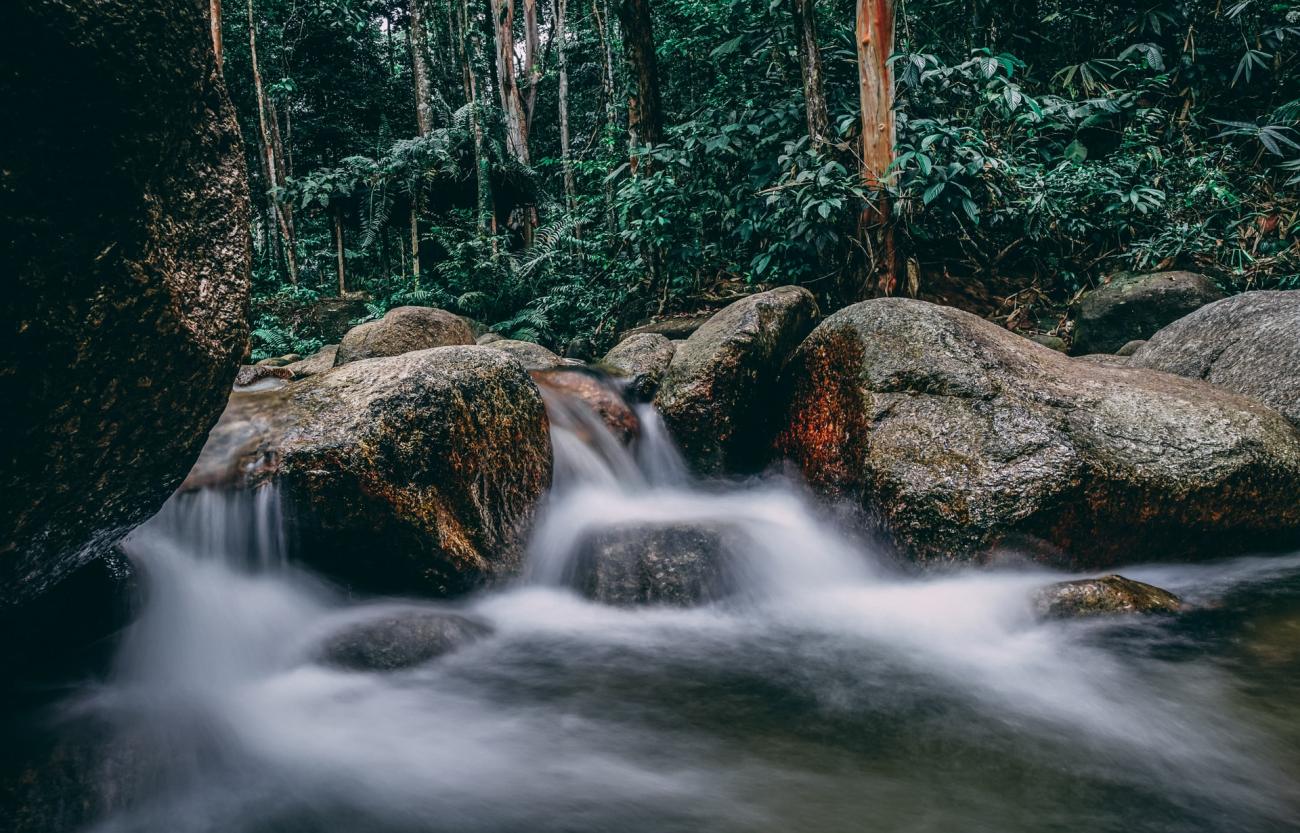
Rain, landslides, floods – nature-based solutions prevent soil erosion and protect people in Perak, Malaysia
Read the original article by UNDP Malaysia here
In the State of Perak, Malaysia, landslides can be devastating.
The memory of the 1996 mudslide at Pos Dipang village, which claimed 44 lives and wiped out an entire Orang Asli Indigenous settlement, is still fresh.
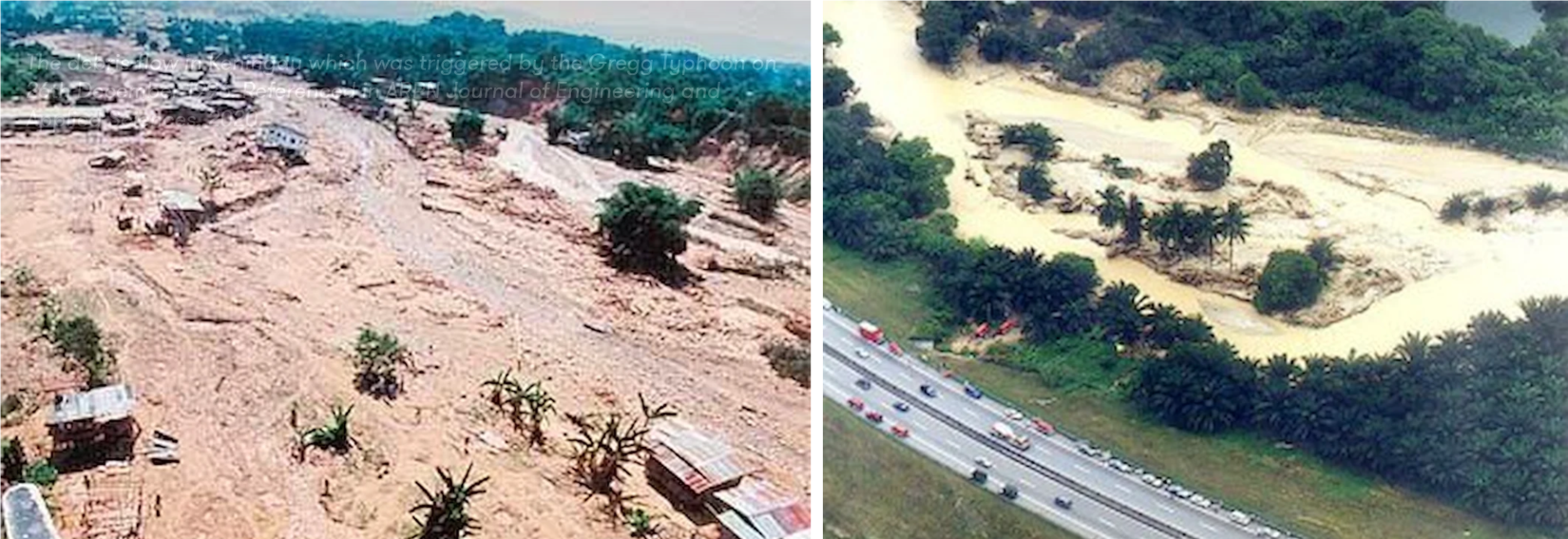
The catastrophic mudslide was a result of extensive rains coupled with poorly planned construction works that cut slopes, altered natural flow channels, decreased the number and variety of plant cover species, and weakened the soil structure.
This painful experience in 1996 made it clear how imperative it is to improve our understanding and bolster the conservation of riverine ecosystems and the biodiversity within them.
With more recent landslides in the intervening years, most recently in December 2021, the need to strengthen watershed management is clear.
This need is especially relevant in reducing sediment loading from highway and agro-tourism developments, as well as strengthening communications between dam operators, government agencies, the private sector and local communities to ensure sustainable land use.
With climate change already influencing more extreme weather events in Malaysia, and the demand for land to construct roads and houses leading to unsustainable land use on steep inclines, the intersection between watershed management, ecosystem services, biodiversity and human wellbeing isn’t merely an academic concern – it has become a matter of life or death.
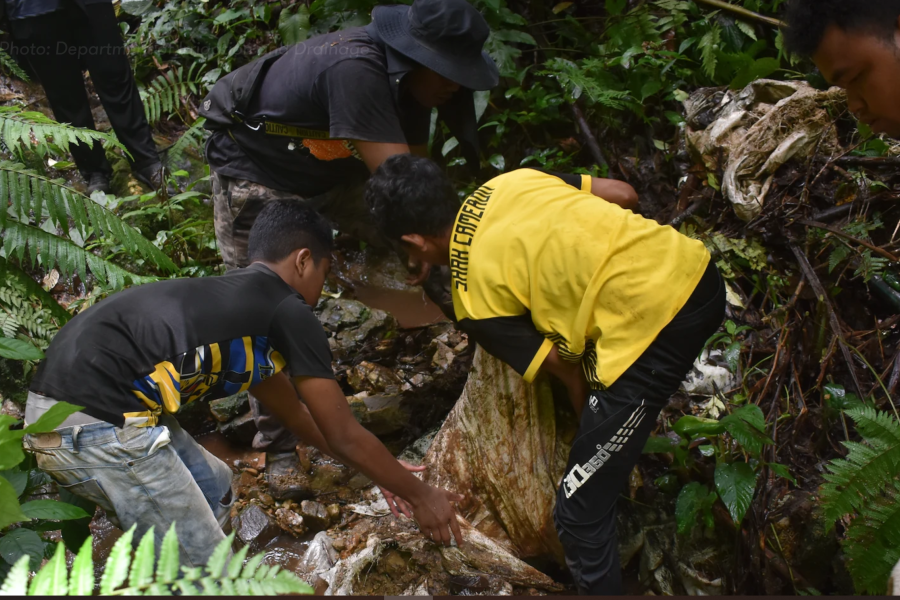
The river brings life
In response to this dire situation, the Mainstreaming of Biodiversity Conservation into River Management project is using nature-based solutions to improve the integrity of aquatic ecosystems through mainstreaming biodiversity considerations into watershed management.
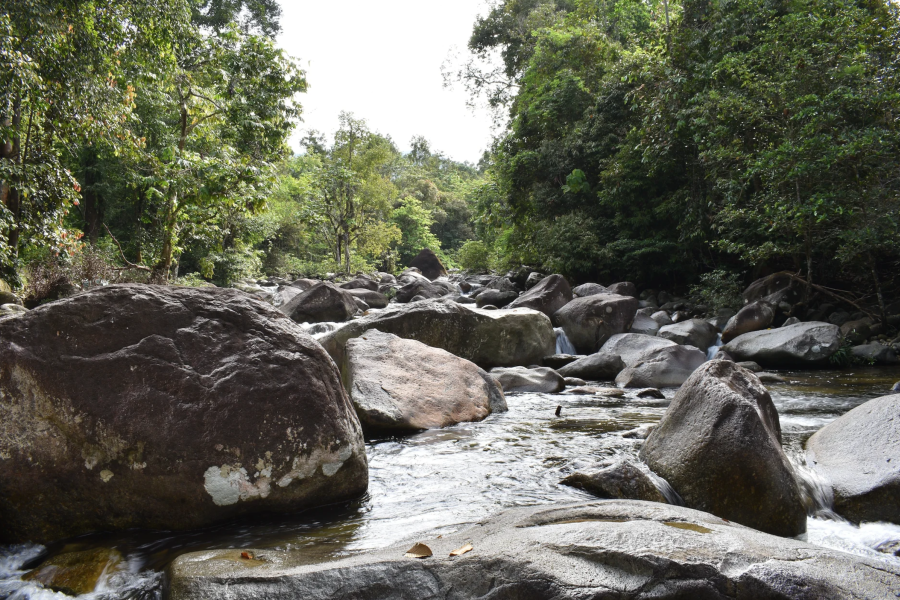
Malaysia has 189 river systems, as well as a variety of tropical wetlands, forests, and marine ecosystems, representing several Global 200 Ecoregions.
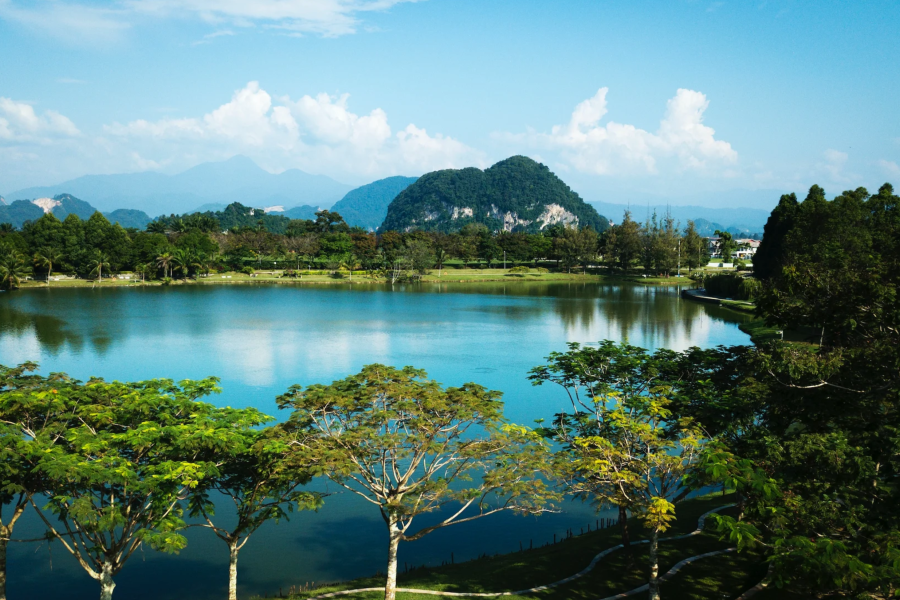
Recognized as one of 17 mega-diverse countries in the world, its river systems as well as riparian and catchment forests support an immense diversity of aquatic and terrestrial biodiversity.
These ecosystems include more than 600 freshwater fish species, all stitched together into a protective web of ecosystem services, from clean water and food production to erosion control and flood prevention.
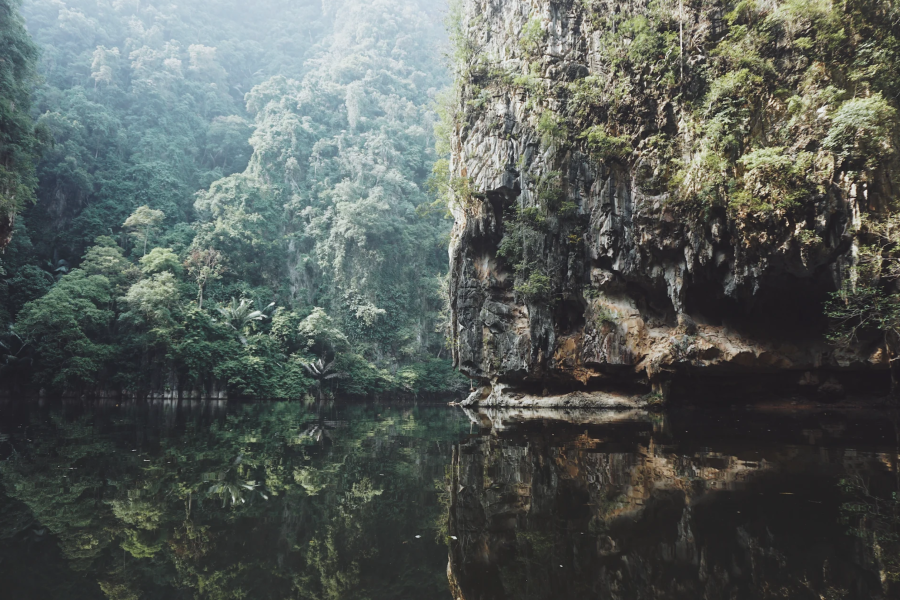
The project is a collaborative effort between the Government of Malaysia and international bodies to conserve biodiversity and ecosystem services.
With funding from Global Environment Facility (GEF) and support from United Nations Development Programme (UNDP), the project is working with Ministry of Environment and Water, and the Department of Irrigation and Drainage Malaysia and two NGO partners namely Global Environment Centre and Forever Sabah to protect the river system and to conserve the rich flora and fauna that benefits the communities.
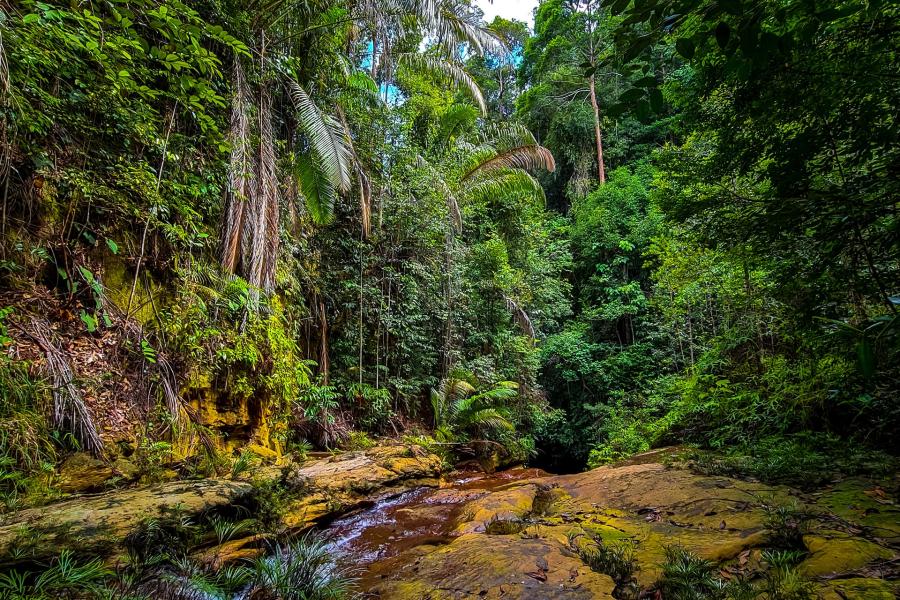
With the support of the Selangor State Government, Federal Territory of Kuala Lumpur, Perak State Government, and the Sabah State Government, the project is working in three river basins in Malaysia to demonstrate nature-based solutions as the vehicle for biodiversity mainstreaming into riverine landscape planning and watershed management.

The power of water
Recent weather events around the world illustrate what scientists have long advised - that the peak intensity of severe storms increases as temperatures rise, and the refractory period between peaks is shortened.
Thus, destructive storms will increase their intensity, and there will be less of a respite between them.

Malaysia experiences the Northeast Monsoon, which normally occurs during December and January, but with climate change the seasonal floods are getting more intense, and the damage can be catastrophic.
Upstream, downstream
The Upper Kinta River Basin (Perak) covers an area of about 18,000ha above Ipoh city in Perak.
The project’s focus is on the management of the upper catchment of Sg Kinta, which is important for both biodiversity conservation and water supply purposes.
The pilot initiative, through the use of nature-based solutions, has been using bio-engineering techniques to reduce soil erosion and subsequently to prevent sedimentation downstream, as well as improving the livelihoods of indigenous communities in the area.

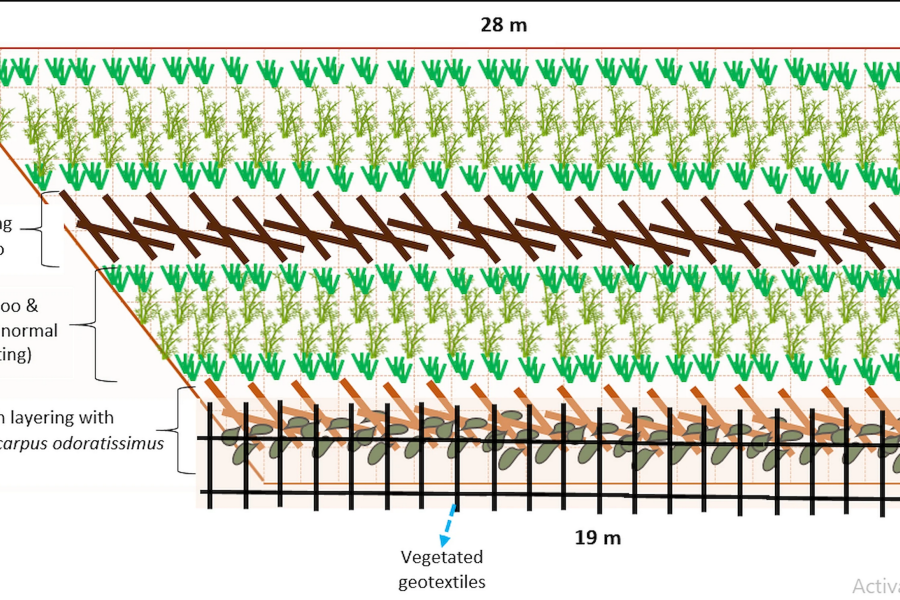
This work has involved a range of local stakeholders with an emphasis on engaging and empowering Orang Asli indigenous communities.
In addition to actively improving environmental awareness and river pollution monitoring, Orang Asli community members were trained and employed in the bio-engineering work supporting slope erosion mitigation and control in the selected portion of upper catchment.
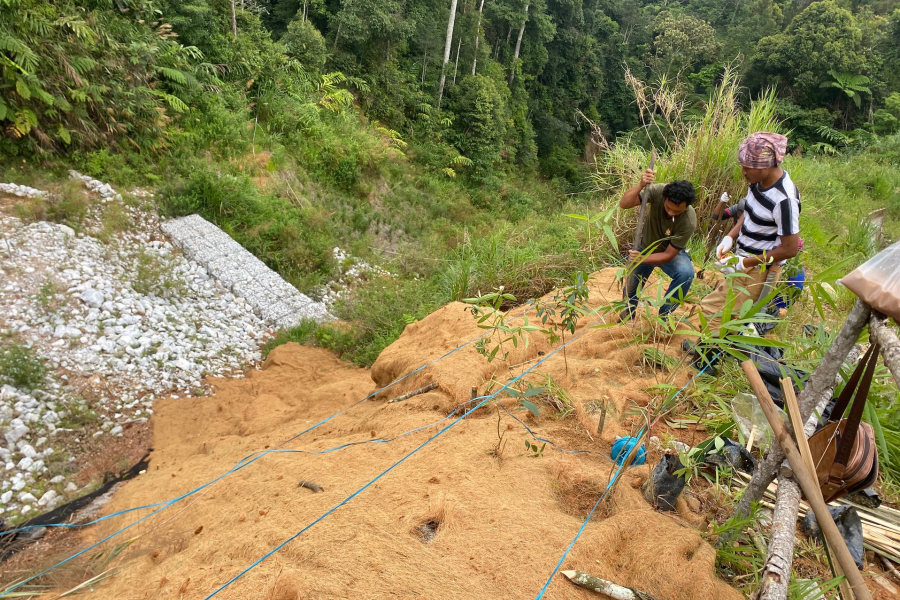
Further to the technical and capacity building workshops, four bio-engineering sites were established and a nursery for bamboo and other relevant plants for mitigating soil-erosion was established at Orang Asli Kampung Pawong Village.
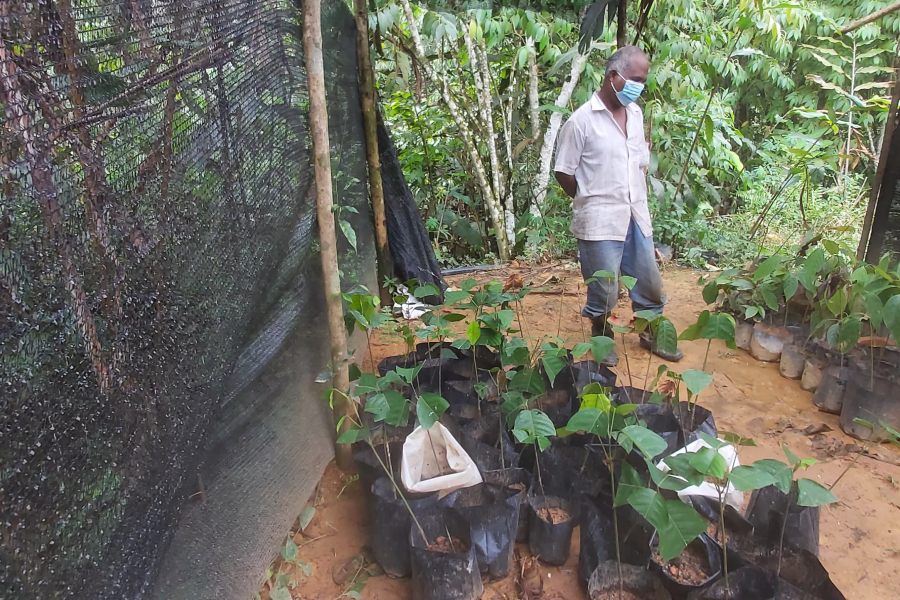
Tok Batin Ismail, a member of the Orang Asli Kampung Pawong Village notes:
"The project has tremendously benefited the Pawong communities in providing learning opportunities in establishing the nursery, increasing alternative income supporting children to school and enhancing youth's working experience through partnership with the Global Environment Centre."
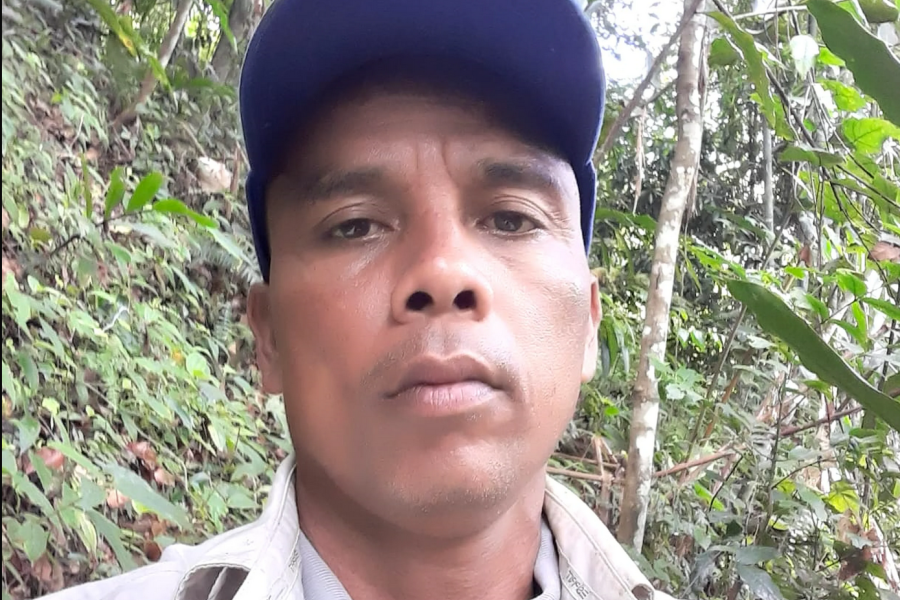
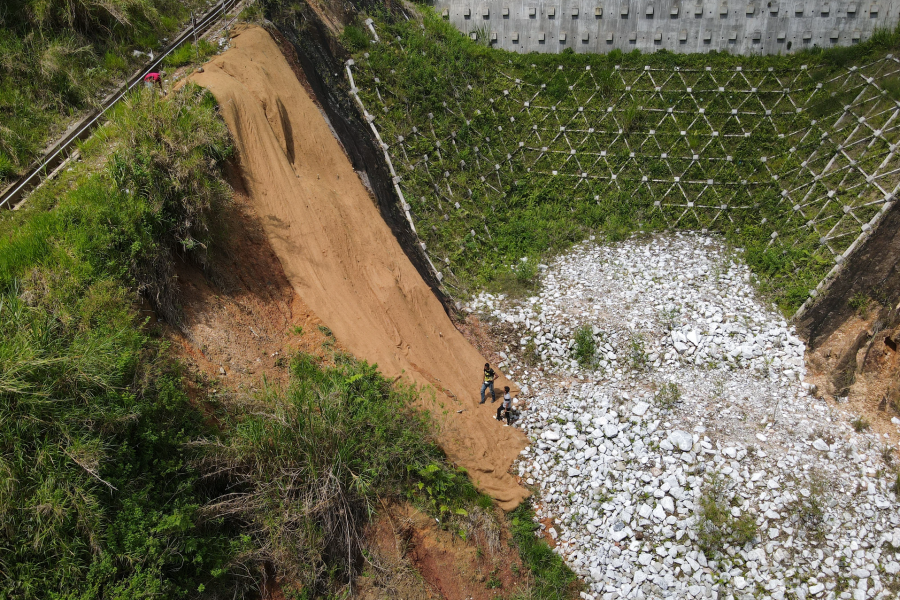

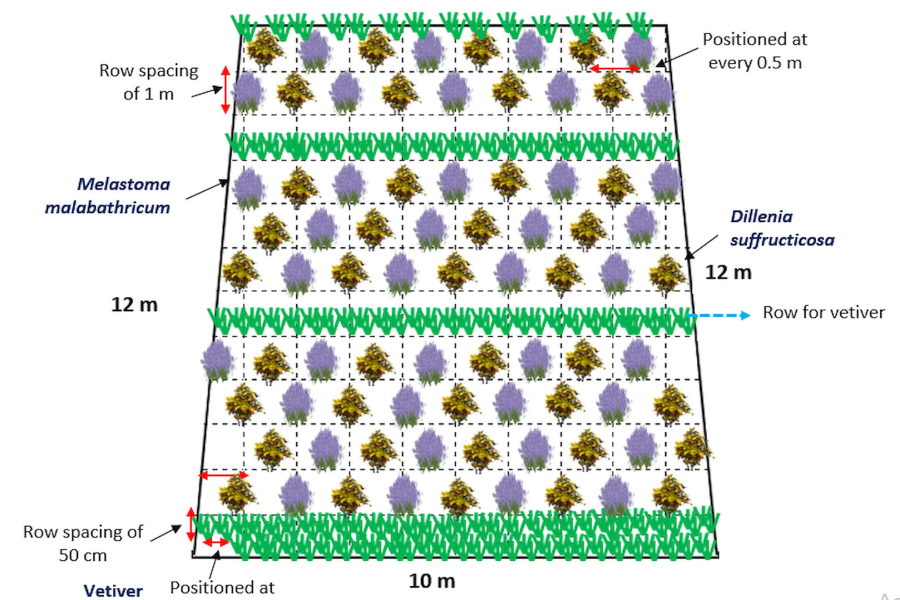
Professor Normaniza Osman from the Universiti Malaya complimented the project’s innovative spirit and clear successes:
“With the right combination of plants that are fast-growing and have extensive root systems, we can accelerate the process of plant succession, enhancing biodiversity and consequently improving the hydrological and mechanical aspects of the soil. …The outcome shows the success where the plots are covered by vegetation with time and the plots are more stable now.”
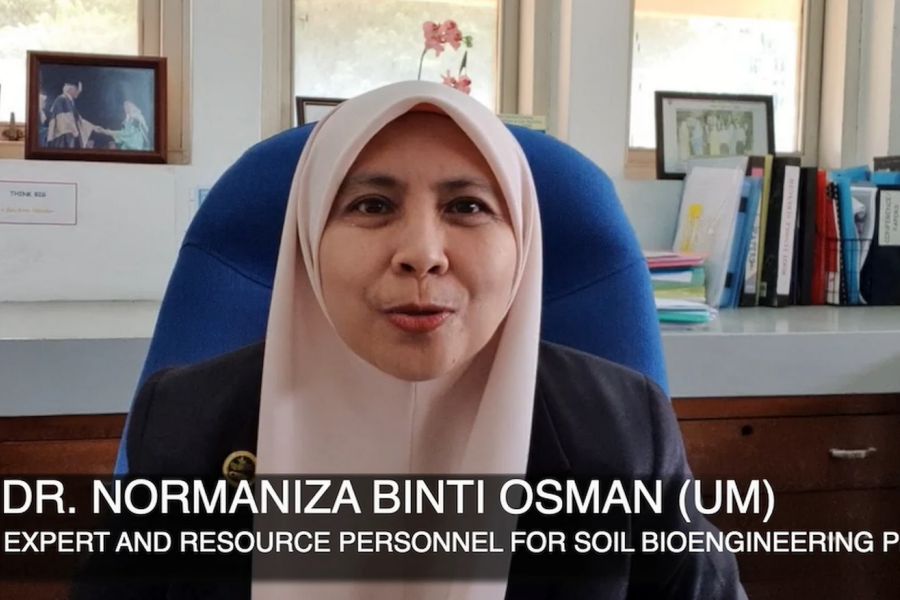
Groundbreaking resolution, groundbreaking action
The UNEA-5 resolution on nature-based solutions (NbSs) for supporting sustainable development formally adopted the definition of NbSs as ‘actions to protect, conserve, restore, sustainably use and manage natural or modified terrestrial, freshwater, coastal and marine ecosystems, which address social, economic and environmental challenges effectively and adaptively, while simultaneously providing human well-being, ecosystem services and resilience and biodiversity benefits.’
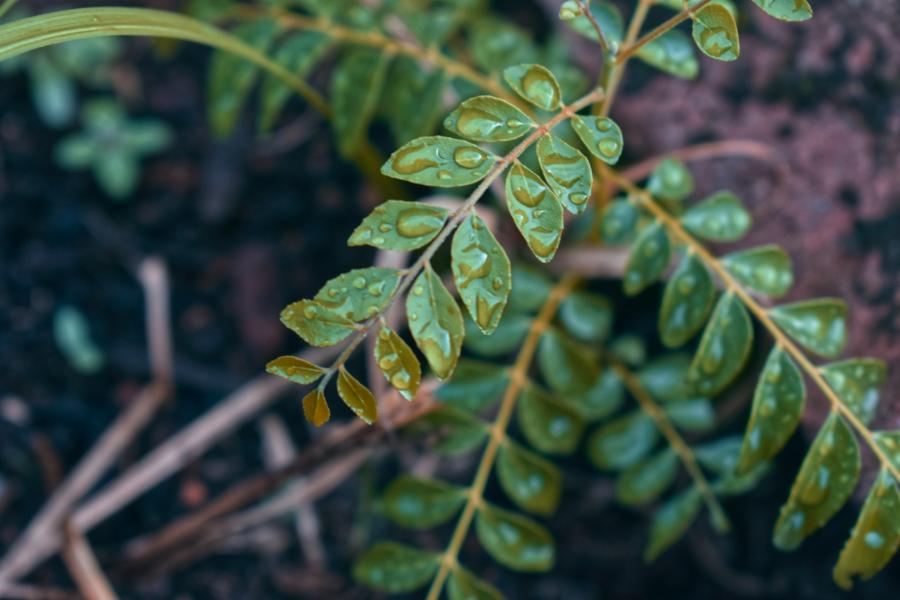
Protect, conserve, restore
The employment of nature-based solutions is quickly becoming the state of the art solution to not just the engineering problems around infrastructure in areas prone to landslides and flooding, but also for sustainable livelihoods, biodiversity conservation and climate action.

These benefits for human well-being in communities like those in Perak, Malaysia are no longer hypothetical.
Nature-based solutions are demonstrably durable, accessible, sustainable – and most importantly, a true remedy for a future world of nature-based calamities.
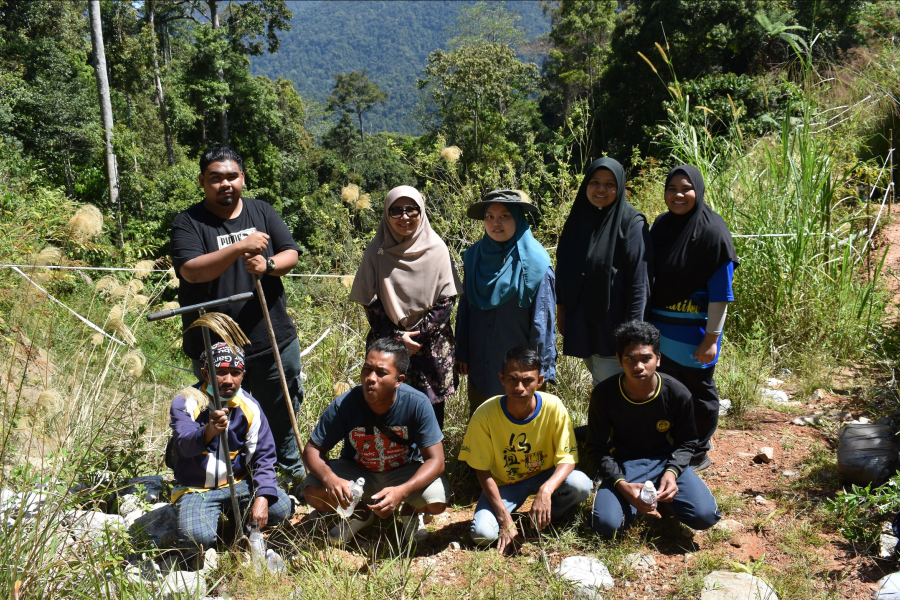
For more information on the Riverine project, visit the project website here.
For more information on UNDP Malaysia, visit here.
Footnotes Story by: Andrea Egan, Seok Ling Tan, Pek Chuan Gan / Photos: Department of Irrigation and Drainage, and others as noted. Header photo: Perak, Malaysia. Photo: Kai/Unsplash.com




